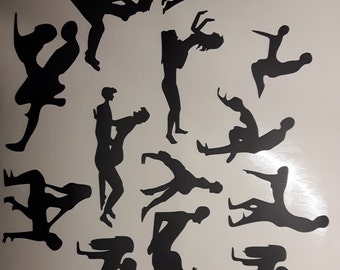
After her death, he spent eighteen years working on his meticulously researched biography. As explained in his biography, he first met her in Paris in 1957, when he was fourteen years old, and later became a close friend and confidant. The huge exception is Jean-Claude Baker’s 1993 book Josephine: The Hungry Heart. As for her queer life-well, most of the biographies, including her own memoirs (ghost-written by others) and the 1991 HBO film bio The Josephine Baker Story, starring Lynn Whitfield, simply ignore it. It sprawled over seven decades, several continents, many cities, a number of husbands, the adoption of twelve children, numerous performances onstage and in several movies, participation in the French resistance during World War II, and work on behalf of black civil rights after the War, to name a few of her activities. Summarizing Baker’s life is no easy matter.

What’s more, to live life on her own terms, she was always willing to transgress those norms at every turn. It’s not just that she was lesbian or bisexual, although her sexuality was an important part of it it’s the fact that nearly everything she did expressed desires and needs that deviated significantly from the prescribed social norms of her times. For make no mistake: Josephine Baker led one queer life. Both her friends and her public recognized the talent, ambition, and sexual provocativeness, but few seemed to see her life as the queer dialogue it was with the world around her. An African-American by birth who felt more at home in France than in the U.S., a person of virtually no formal education whose ambition and innate abilities allowed her to rise from obscurity and poverty to wealth and fame, a lesbian famous for her exploits with men-these were just some of the contrasts and contradictions in the fantastical life of Josephine Baker. This centennial year of her birth is a fitting time to glance back at the woman and the life that together constitute the legend of La Baker-and it’s especially fitting to examine the legend in a queer context.

Poster for La Sirene des Tropiques (silent film), 1927 Even today, over thirty years after her death in 1975, her name still evokes a sense of glamour and trails an aura of sexuality. She reveled in her seductiveness onstage and off, living a life that was the very stuff of legend and rumor.

She was captivating audiences in Paris as an entertainer by the mid-1920’s and achieved acclaim as the 20th century’s first international black female sex symbol by the mid-1930’s. BEAUTIFUL, charming, talented, and celebrated, the toast of Europe and South America during the heyday of her career, Josephine Baker was born in a black slum area of St.


 0 kommentar(er)
0 kommentar(er)
